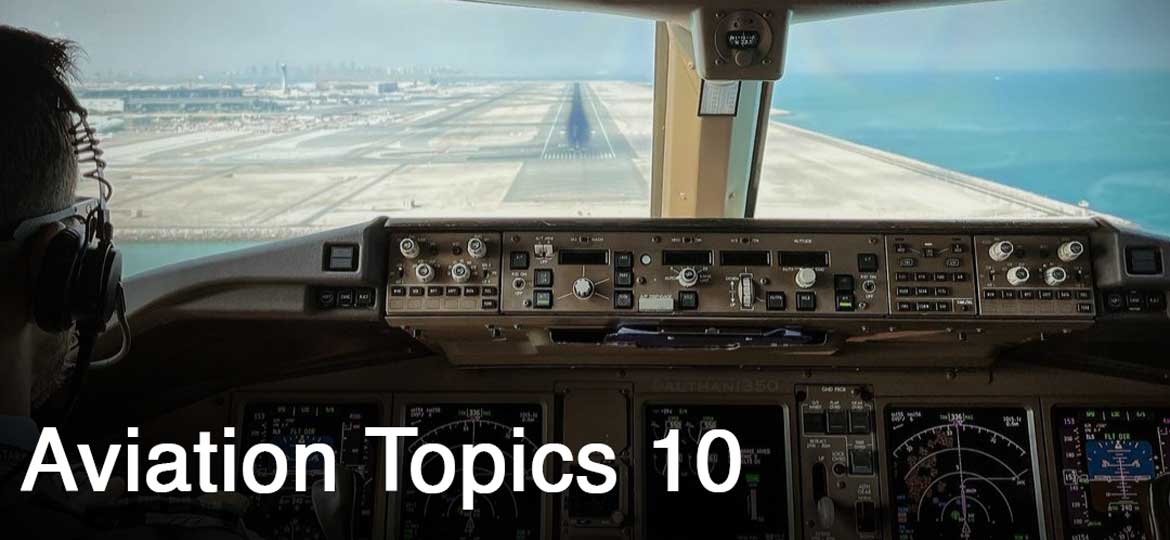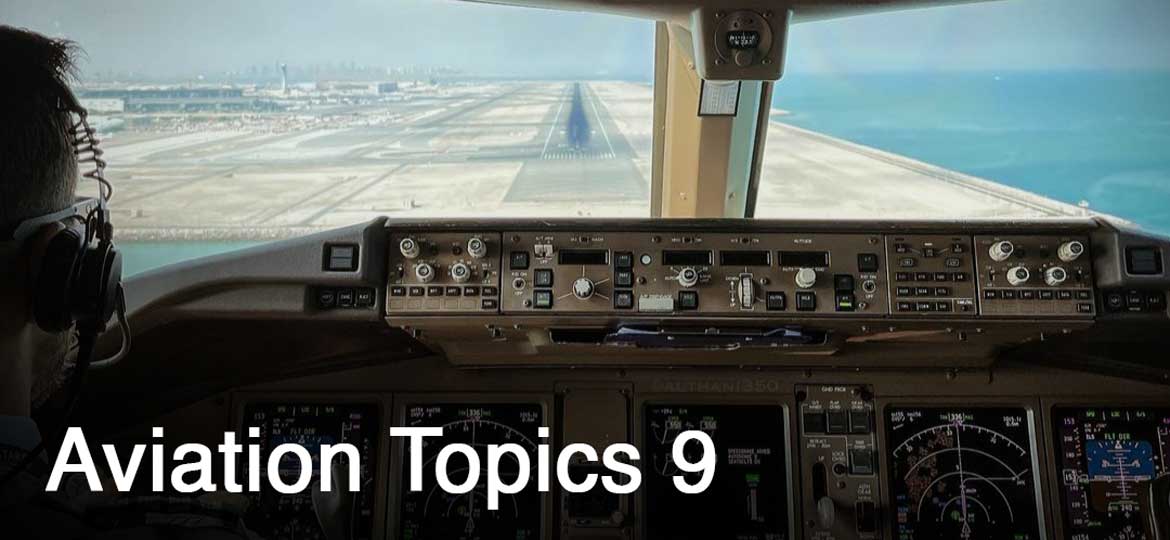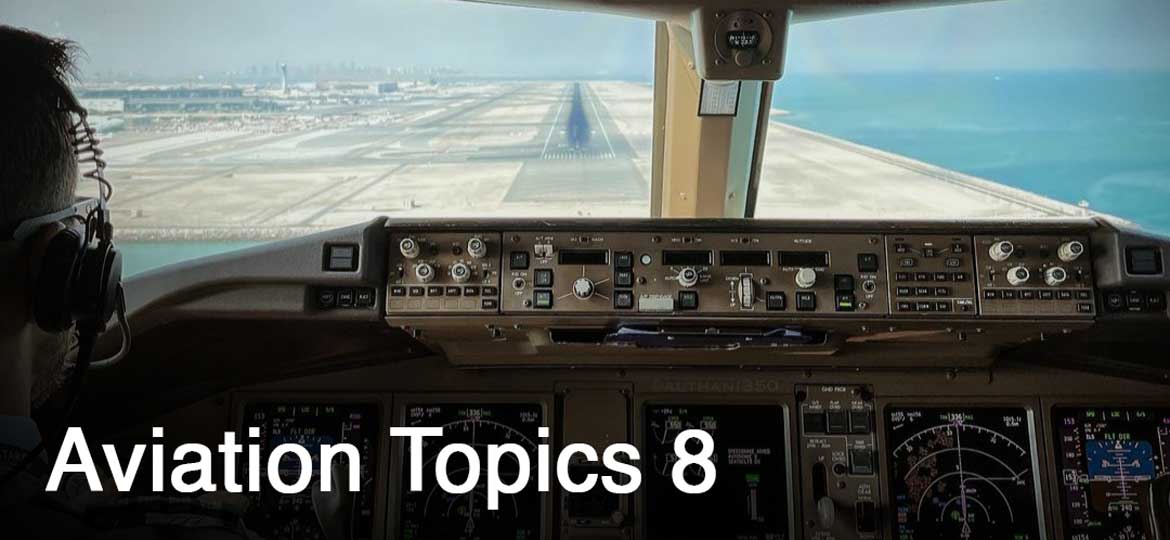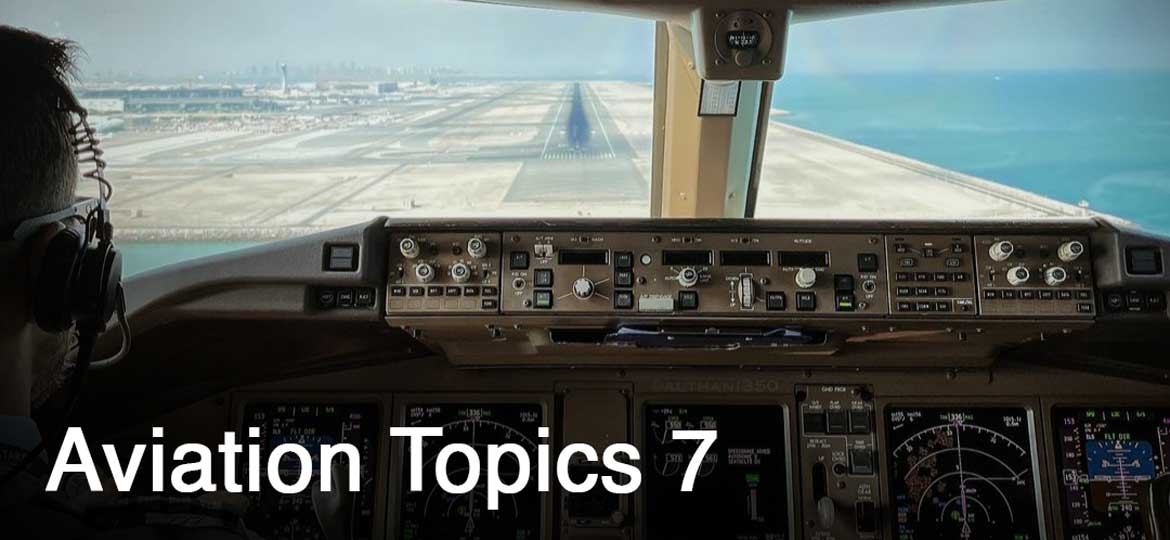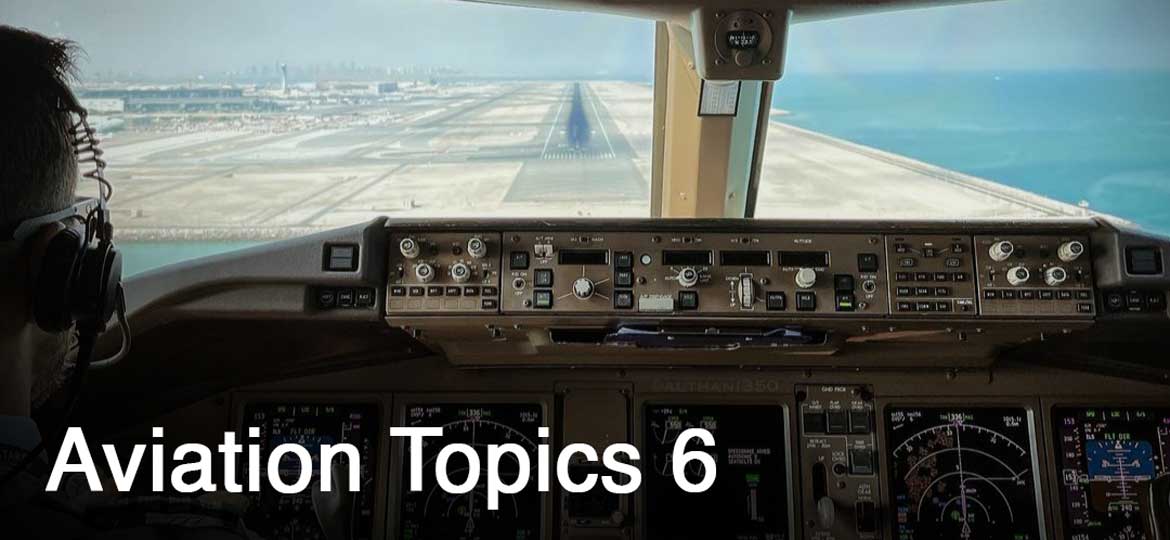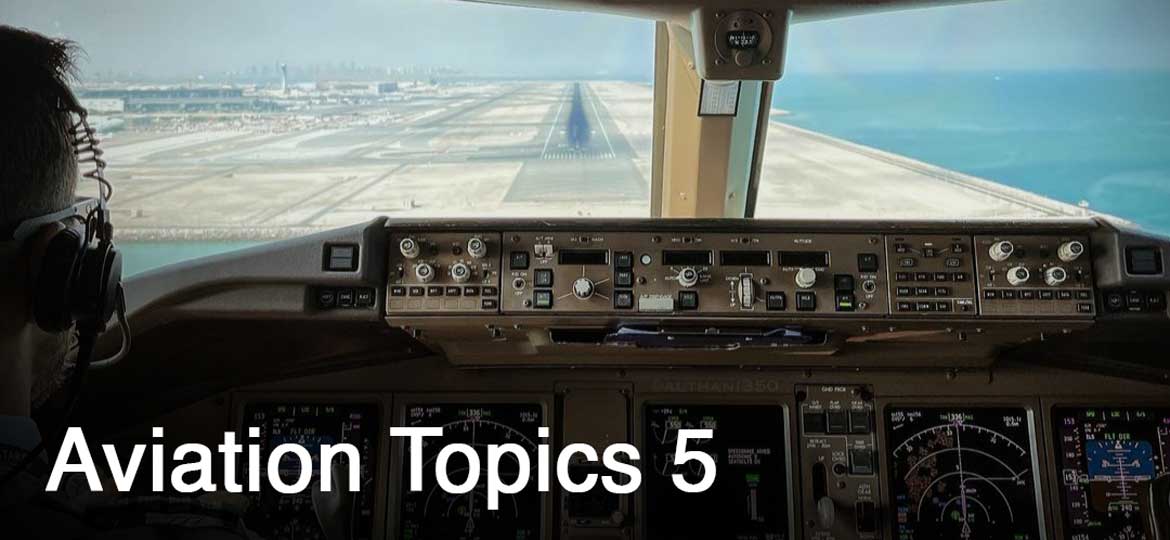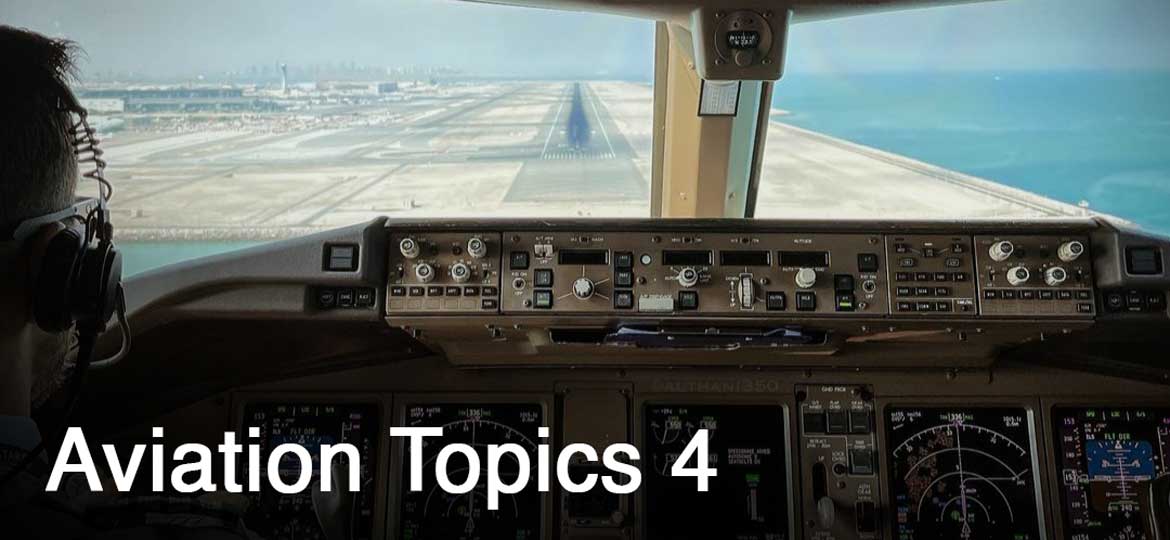Part One: “Aviation Topics”. In this part, you have to answer questions related to aviation. You have one to two minutes for answering each question. Don’t worry if I interrupt you. I’ll tell you when the time is up.
Question 10.1
What are the pilots responsibilities during cruise flight?
ICAO 4:
Basically the pilots are responsible for monitoring the equipments and keeping alert for any kind of situation which may happen in this phase of flight in order to react immediately avoiding an accident.
ICAO 5:
During cruise flight, pilots have several responsibilities to ensure a safe and efficient flight.
Additionally, Pilots must maintain the aircraft on the designated flight path, ensuring accurate navigation using instruments, navigation aids, and GPS systems.
moreover, pilots should maintain communication with the air traffic control and other aircraft nearby, as well as, they must follow ATC instructions, providing position reports, and address any inquiries or requests from ATC.
And talking about the aircraft, pilot should continuously monitor the aircraft’s systems, including engines, fuel, electrical systems, pressurization, and environmental controls.
Among others, These responsibilities ensure a safe and efficient flight for passengers and crew onboard.
Question 10.2
In your opinion, what has been the impact of CRM on Flight safety?
ICAO 4:
CRM has been a positive impact on flight safety.
Considering the crew, over the years working under the philosophy of CRM, they learned to work as a team, to share the workload and contribute to a better interaction on board and to the extension of standard operations.
ICAO 5:
Cockpit Resource Management (CRM) has had a significant impact on flight safety by influencing flight safety, enhancing communication, teamwork, decision-making, error management, threat awareness, and stress/workload management within the cockpit.
CRM has contributed to the prevention of accidents and incidents by addressing human factors and fostering a safety-focused culture in aviation operations.
Question 10.3
What kind of damage can a bird strike cause to an aircraft?
ICAO 4:
A bird strike can cause insignificant damages to even an accident.
It can dent the nose, affect the weather radar, hit the windshield and, as a result, crack or break it causing pilot incapacitation;
In addition, birds can also be ingested by both engines, resulting in the engine flameout and causing pilots to make an emergency landing.
Other than all of that, It can cause minor damage to the fuselage, such as dents, torns and holes in the leading edges and tail edges as well.
ICAO 5:
when an aircraft collides with one or more birds during flight, takeoff or landing, such collision can bring structural damage to the aircraft’s exterior, such as dents, scratches, or punctures on the fuselage, wings, or empennage.
This damage can jeopardize the integrity of the aircraft’s aerodynamic surfaces or critical structures and systems, such as: fuel systems, sensors, communication and navigation instruments.
Not to mention, that Birds can be easily ingested into the engines, leading to severe damage or even engine failure. These Engine damage may include blade erosion, compressor stall, or flameout, jeopardizing the engine’s performance.
Bird strike can crack or shatter the aircraft’s windshield and this might impairs visibility for the flight crew and potentially exposes their integrity as well as sudden changes in cabin pressure.
Se você gostou desse post do Call to Fly, divulgue utilizando os canais de Mídia!!
Abraço!! Rumo ao topo!
Leandro Araujo
